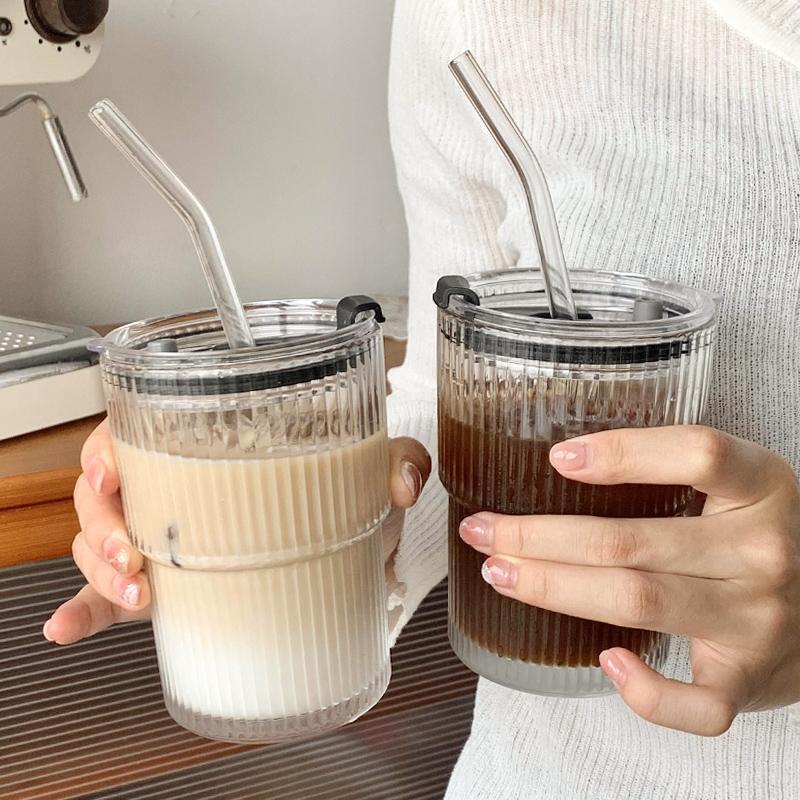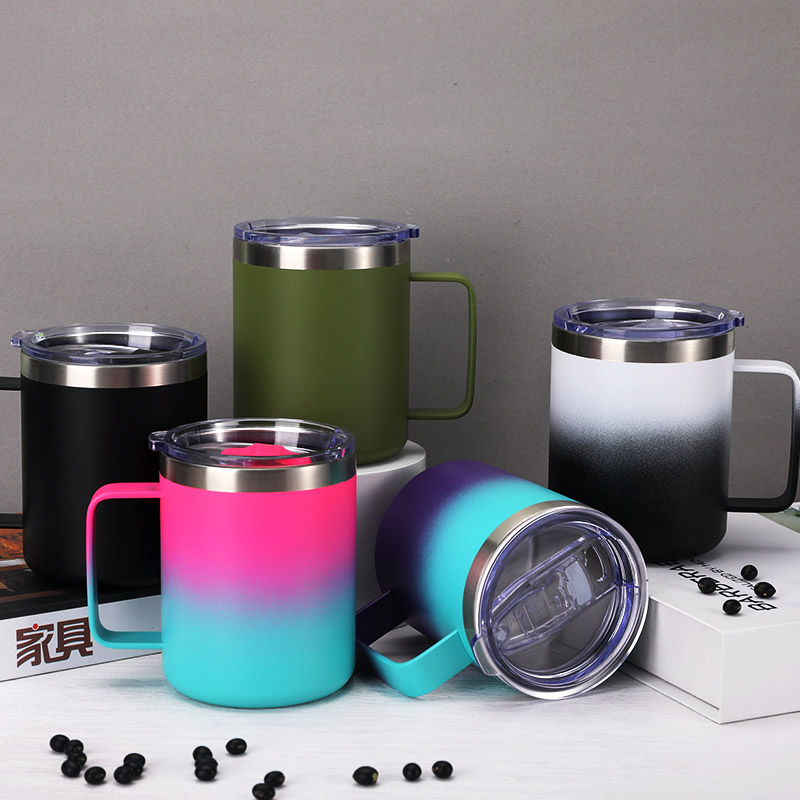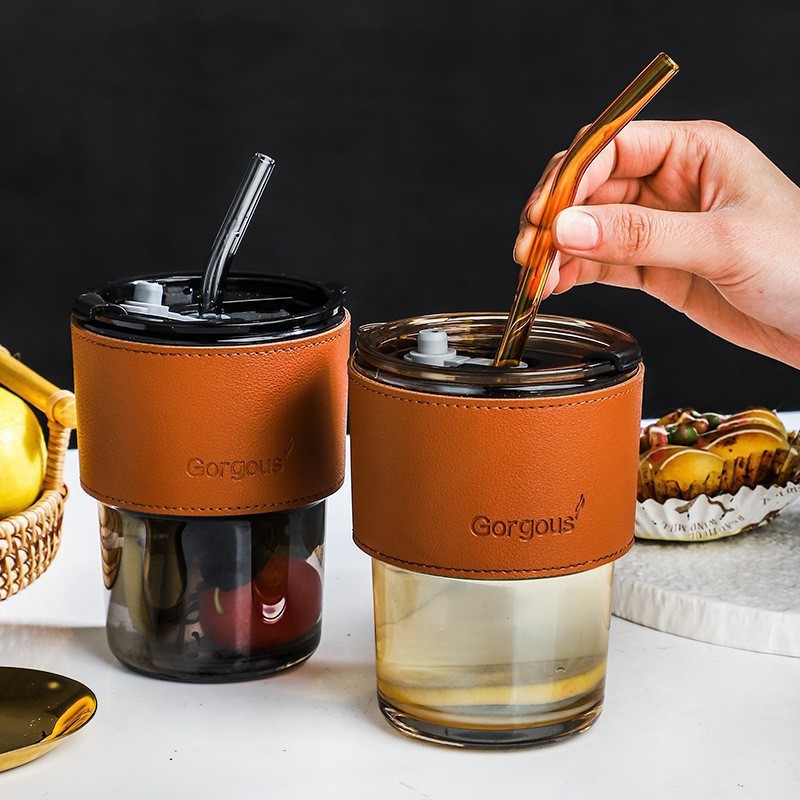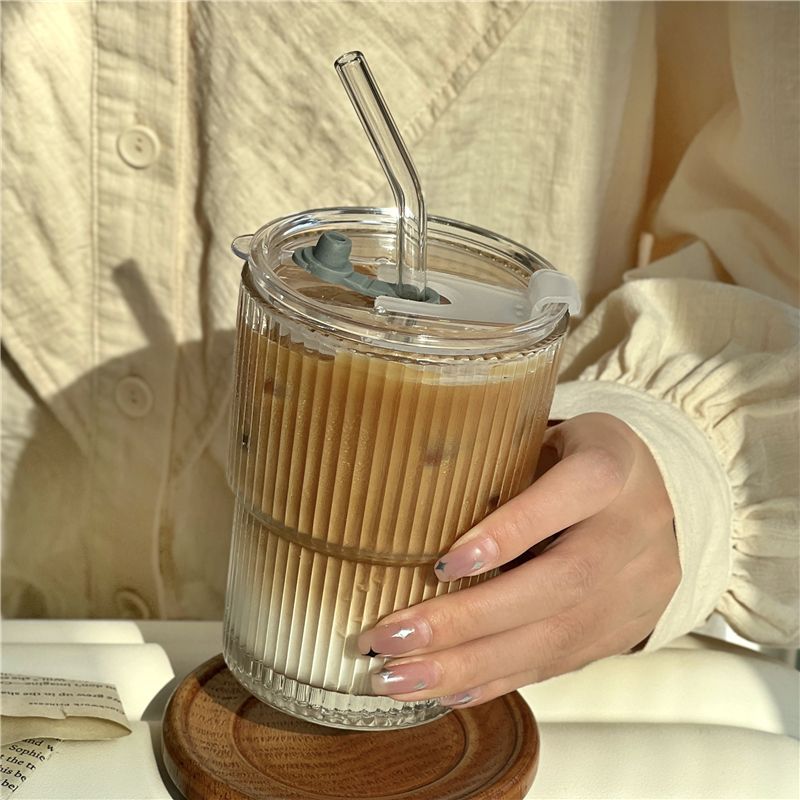Introduction
In the world of hot beverages, coffee holds a special place. To fully enjoy the rich aroma and flavors of this beloved beverage, it is essential to choose the right vessel. While coffee cups and mugs are often used interchangeably, they do have distinct characteristics. In this essay, we will delve into the definition of a coffee cup, explore its unique features, and highlight the differences between coffee cups and mugs.

Definition of a Coffee Cup
A coffee cup is a small and delicate vessel specifically designed for serving coffee. It typically has a capacity of around 6 to 8 fluid ounces (177 to 237 milliliters), making it smaller than a standard mug. Coffee cups are often made of ceramic or porcelain, which helps to retain the heat of the beverage and enhance the drinking experience.
Size and Capacity
One of the primary distinctions between coffee cups and mugs lies in their size and capacity. Coffee cups are smaller and more compact compared to mugs. While the exact dimensions may vary, coffee cups typically hold around 6 to 8 fluid ounces (177 to 237 milliliters) of liquid. This smaller size is ideal for serving single servings of coffee, espresso shots, or small cappuccinos.
Shape and Design
Coffee cups are known for their elegant and refined designs. They often have a narrower and taller shape compared to mugs. The narrower shape helps to concentrate the aroma of the coffee, allowing the drinker to fully appreciate its fragrance. Additionally, coffee cups may feature a curved or flared lip, which facilitates comfortable sipping and directs the coffee to the appropriate part of the tongue for optimal taste.
Handle
Another notable difference between coffee cups and mugs is the handle design. Coffee cups typically have a delicate and slender handle. This handle is designed to be held with the fingertips, allowing the drinker to enjoy the warmth of the coffee while maintaining a firm grip on the cup. The slender handle adds to the overall aesthetic appeal of the coffee cup and enhances the drinking experience.
Purpose and Usage
Coffee cups are specifically designed for serving coffee and are often used in formal or upscale settings, such as cafes, restaurants, or special occasions. Due to their smaller size, they are well-suited for serving espresso, macchiato, or other specialty coffee drinks. Coffee cups are often accompanied by saucers, which provide a stable surface to place the cup and add an element of elegance to the presentation.
Material
Coffee cups are predominantly made of ceramic or porcelain. These materials are chosen for their ability to retain heat and enhance the flavors of the coffee. Ceramic and porcelain have excellent heat retention properties, ensuring that the coffee stays hot for a longer period. Additionally, these materials do not react with the coffee, preserving its taste and aroma.

Mug Distinctions
To fully understand the differences between coffee cups and mugs, it is important to highlight the characteristics of mugs. Mugs are larger and more robust in comparison to coffee cups. They typically have a capacity of 8 to 12 fluid ounces (237 to 355 milliliters) or more, allowing for larger servings of coffee or other hot beverages. Mugs often have a wider and more cylindrical shape, providing ample space for cream, sugar, or other additions. The handles of mugs are generally larger and sturdier, allowing for a more secure grip.
Versatility and Usage
Mugs are known for their versatility and are commonly used for a wide range of hot and cold beverages, including coffee, tea, hot chocolate, and soups. They are often preferred for casual or everyday use, whether at home, in the office, or during outdoor activities. Mugs come in various materials, such as ceramic, porcelain, glass, or even insulated stainless steel, offering different levels of heat retention and durability.
Personal Preference
The choice between a coffee cup and a mug ultimately comes down to personal preference and the specific occasion. Some individuals prefer the elegance and refined experience of sipping coffee from a delicate coffee cup, while others enjoy the larger capacity and versatility of a mug. Both options have their own unique charm and serve different purposes in various settings.

Conclusion
In conclusion, a coffee cup is a smaller and more delicate vessel designed specifically for serving coffee. It has a smaller capacity, elegant design, and slender handle, making it ideal for enjoying single servings of coffee or specialty drinks. Coffee cups are often made of ceramic or porcelain and are commonly used in formal or upscale settings. On the other hand, mugs are larger, more robust, and versatile, accommodating larger servings of coffee and other hot beverages. The choice between a coffee cup and a mug depends on personal preference, occasion, and the desired drinking experience. By understanding the distinctions between coffee cups and mugs, individuals can select the appropriate vessel to enhance their enjoyment of coffee and other hot beverages.

